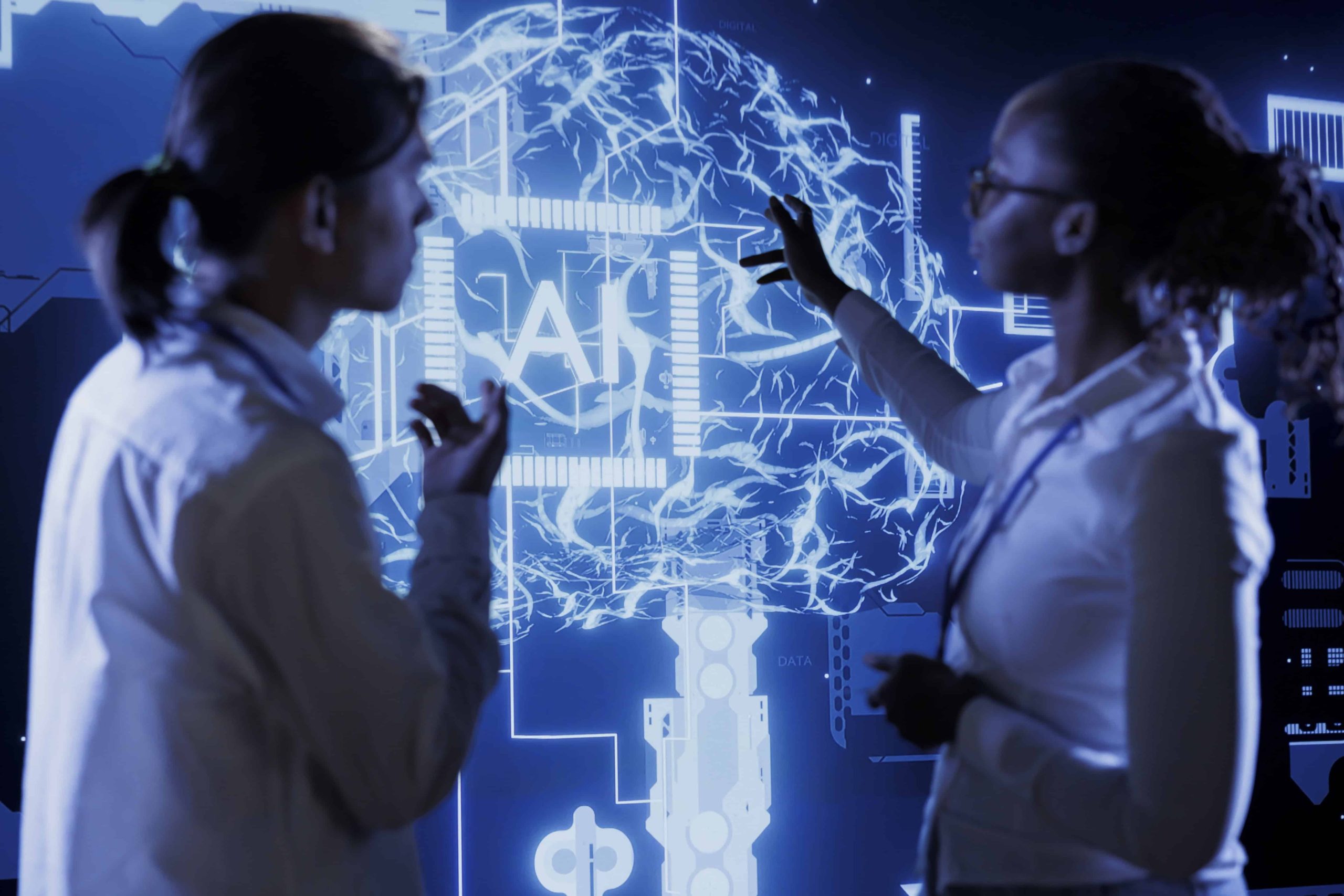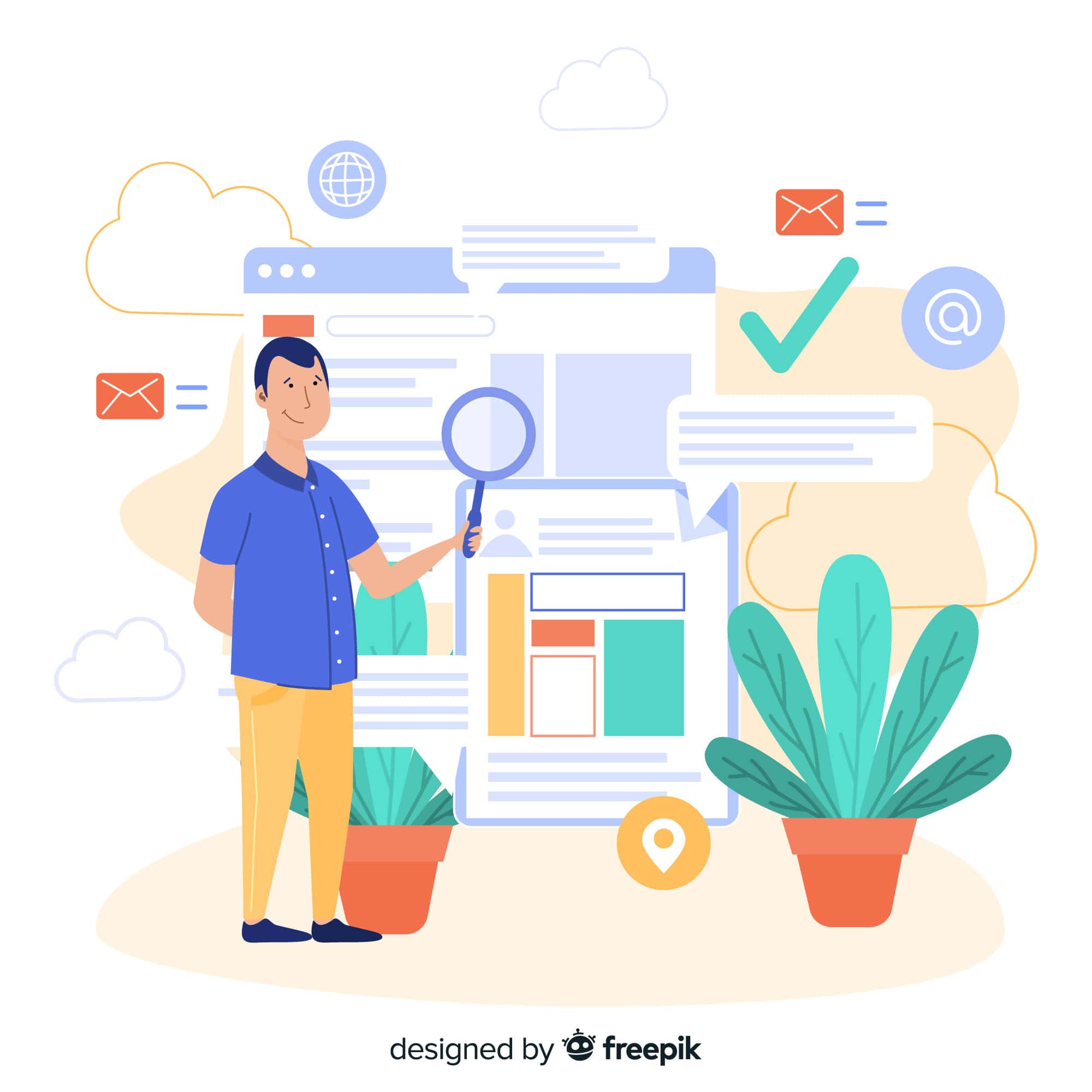
Generative AI, epitomized by models such as GPT (Generative Pre-trained Transformer), constitutes a distinct subset within artificial intelligence, focusing on the dynamic creation of new content or outputs, such as text, images, or music, based on provided input data or prompts. These models undergo extensive training on large datasets to discern and replicate patterns resembling human-generated data.
In contrast, traditional AI encompasses a broader array of techniques tailored towards solving specific tasks or problems through predefined rules or algorithms. It predominantly relies on explicit programming and structured data for tasks like classification, regression, or decision-making. The crux of differentiation lies in their problem-solving approach: while generative AI delves into exploration and novel output creation, traditional AI adheres to predetermined rules or algorithms for addressing specific tasks.
Generative AI operates through intricate machine learning processes, wherein models undergo training on vast datasets to grasp patterns and structures inherent in the data. Post-training, these models harness learned probability distributions to generate new content, spanning text, images, or music, closely resembling the input data.
Generative AI encompasses a spectrum of machine learning and deep learning techniques, including:
Renowned for their adeptness in learning contextual relationships in sequential data, such as words in a sentence, transformers underpin most foundation models, particularly in natural language processing (NLP) tasks.
Utilizing two neural networks, GANs create new content that is scrutinized by a discriminator to discern its authenticity. This technique, while infamous for generating deepfakes, harbors potential for legitimate business applications from product design to content creation.
By compressing data into a lower-dimensional space, VAEs learn to generate new content by analyzing patterns within the dataset, offering a distinct approach to content generation.
The advent of large language models (LLMs), boasting billions or even trillions of parameters, signifies a paradigm shift where generative AI models effortlessly produce engaging text, lifelike images, and even entertaining sitcoms on demand. Innovations in multimodal AI further empower teams to create content spanning diverse media types, facilitated by tools like Dall-E, capable of automatically generating images from textual prompts and vice versa.
Another noteworthy development is the utilization of language models such as GPT-3 for text generation. Pre-trained on extensive text corpora, GPT-3 excels in generating human-like text with exceptional accuracy and coherence.
Discover how our Generative AI and Data Science services can transform your business

Creating blog articles, product descriptions, and marketing materials with tailored GenAI models.

Assisting in content moderation by detecting fake news, fact-checking, and verifying information authenticity.

Utilizing Image to Text techniques to extract textual content from images for personalized summaries.

Automatically categorizing and tagging articles or content based on themes, topics, or relevance using customized GenAI models.

Extracting data under hashtags for hashtag-based analysis.

Tailoring content and recommendations according to user preferences.

Analyzing media content to understand user trends, and behavioral patterns, and provide content recommendations.

Altering color, texture, and pattern in images through prompt engineering.
Generative AI holds significant potential to revolutionize content generation across various formats. Challenges such as ensuring accuracy and mitigating biases necessitate human-in-the-loop validation and oversight. Nevertheless, Generative AI continues to drive creativity and efficiency in multiple industries, emphasizing the importance of ongoing refinement and oversight in its development and deployment.
Empower Innovation with AI & Data Science!
Leverage cutting-edge AI and data science solutions to generate insights and drive innovation in your organization.
We believe in value creation and positive impact to our customer communities in co-creating models and analytical applications.

© 2024 Inference Labs Private Limited
[vc_row][vc_column][vc_raw_html]JTNDJTIxLS0lMjBDYWxlbmRseSUyMGlubGluZSUyMHdpZGdldCUyMGJlZ2luJTIwLS0lM0UlMEElM0NkaXYlMjBjbGFzcyUzRCUyMmNhbGVuZGx5LWlubGluZS13aWRnZXQlMjIlMjBkYXRhLXVybCUzRCUyMmh0dHBzJTNBJTJGJTJGY2FsZW5kbHkuY29tJTJGaW5mZXJlbmNlJTJGZGlzY292ZXJ5JTNGaGlkZV9sYW5kaW5nX3BhZ2VfZGV0YWlscyUzRDElMjZoaWRlX2dkcHJfYmFubmVyJTNEMSUyMiUyMHN0eWxlJTNEJTIybWluLXdpZHRoJTNBMzIwcHglM0JoZWlnaHQlM0E2MzBweCUzQiUyMiUzRSUzQyUyRmRpdiUzRSUwQSUzQ3NjcmlwdCUyMHR5cGUlM0QlMjJ0ZXh0JTJGamF2YXNjcmlwdCUyMiUyMHNyYyUzRCUyMmh0dHBzJTNBJTJGJTJGYXNzZXRzLmNhbGVuZGx5LmNvbSUyRmFzc2V0cyUyRmV4dGVybmFsJTJGd2lkZ2V0LmpzJTIyJTIwYXN5bmMlM0UlM0MlMkZzY3JpcHQlM0UlMEElM0MlMjEtLSUyMENhbGVuZGx5JTIwaW5saW5lJTIwd2lkZ2V0JTIwZW5kJTIwLS0lM0U=[/vc_raw_html][/vc_column][/vc_row]